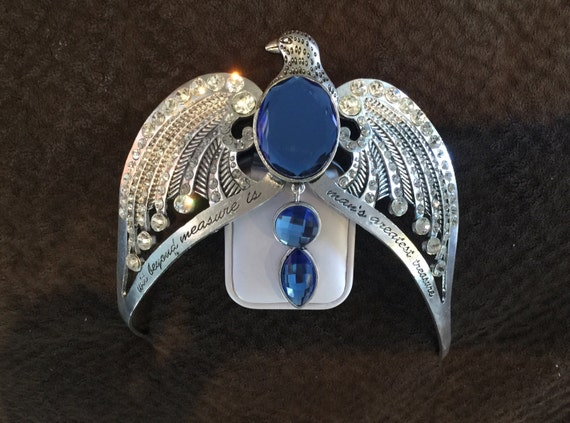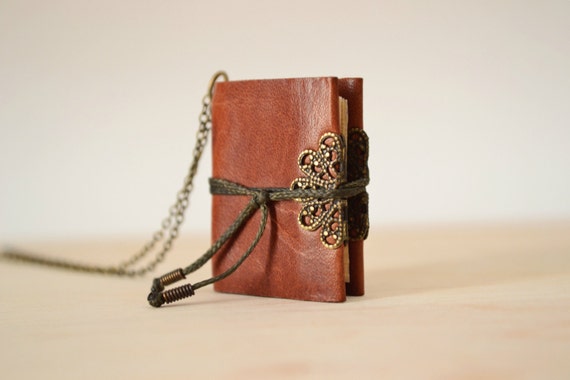What was the well-dressed young woman wearing in the second half of 1835?
(I’ll give you a hint—big sleeves. Helium may have been involved. ☺)
I’m sure she would have turned heads in this vibrant
Walking Dress. I unfortunately don’t have access to the description of this dress, because I would love to know what’s up with the fabric—is it a print? The sleeves are enormous (a trend in this second half of the year) and slightly drooping so it’s hard to see the cuffs. The bodice has crossed pleats and a small lace pelerine collar, all topped by a lace cap and bonnet trimmed with green ribbons and flowers. (August,
Court Magazine):
Prints are once again to the fore in these
Breakfast and Dinner Dresses; I’ve not seen the appellation “breakfast dress” before. I’m guessing the fabrics are muslins; the breakfast dress has matching trim in what might be chenille, more enormous sleeves and a self-fabric pelerine plus lace ruffles at the neck. The Dinner Dress has a pleated wrap bodice over a lace tucker at the breast and wide lace epaulette-like capped sleeves with voluminous gauze oversleeves. Both ensembles are finished with bonnets; the Breakfast one with a lace cap beneath, and the Dinner Dress with trailing ties. (September,
Court Magazine):
A similar look to the Dinner Dress above can be seen in this
Evening Dress from October’s
Court Magazine—a print fabric and similar wide gauze oversleeves, but the bodice is not wrap-style. Note the handsome shawl, probably from India:
I have one question about these
Morning Dresses, also from October’s
Court Magazine: how could anyone move their arms in these? The print dress at left has an enormous tiered pelerine that extends below the elbows and ends in a lace flounce over fully inflated sleeves (hence my wondering about helium!) The dress at right has an equally oversized pelerine that actually looks like it might restrict movement. It’s interesting to note the scarf that seems to go through the pelerine and belt to flutter down in front. Extreme dresses!
A third
Dinner Dress with those wide gauze oversleeves, but this time the gauze is “figured” (patterned) which I expect was rather pretty. The
Morning Dress at right is in a print with a multicolored rainbow ruffled trim up the skirt and around the edge of the pelerine, which is finished with a lace collar...and gosh, more big sleeves. The hairstyles and millnery in this print are a little different—the Dinner Dress coiffure is a simple braided bun with short side ringlets, unlike some of the loopier hairstyles we’ve seen this decade, and the Morning Dress cap is an unusual style with lace ruffles and lavender ribbons. (November ?,
Court Magazine):
November also brings a
Carriage Dress, in what looks like black satin discreetly trimmed with ruffles and a demure white lace collar...and a red bonnet and vibrant flowered scarf to liven things up. The
Dinner Dress at right is also more restrained, except for the deep lace flounces and a very Dr. Seuss-ish hairstyle. (
Court Magazine):
For December, more severe styles (except for the pelerines and sleeves, of course) prevail, with a beige
Morning Dress trimmed in a double row of scallops around the hem, down the front of the skirt, and around the pelerine. A surprisingly casually tied pastel scarf lends a little color to the whole. The
Carriage Dress features a purple mantle belted close to the waist over the green dress and odd sort of caped sleeves, built large to accommodate the inevitably large sleeves of the underlying dress. And I’m not quite sure why, with a green dress and a purple habit, her hat is trimmed in red... (
Court Magazine):
What do you think of the second half of 1835’s fashions? Hold on to your hats, fashion lovers: 1836 is going to see some
big changes!























